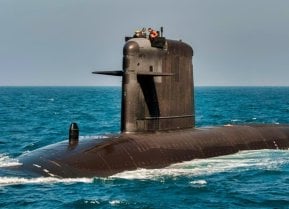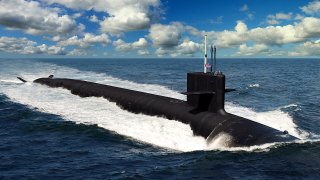Columbia-Class: The Navy's New Nuclear Missile Submarines are Big, Expensive, and Delayed
The service’s incoming Columbia-class submarines are set to replace the 14 existing Ohio-class nuclear-powered boats that are nearing the end of their service lives.
Columbia-class submarine, explained by an expert - The U.S. Navy’s submarine fleet possesses around 70% of America’s operational nuclear deterrent arsenal, making these vessels absolutely vital for national security in addition to being the most survivable leg of the nuclear triad.
The service’s incoming Columbia-class submarines are set to replace the 14 existing Ohio-class nuclear-powered boats that are nearing the end of their service lives.
Initially, the Navy planned to produce this new class in a record 78 months. However, due to an array of delays, this shortened timeline may not actually be possible.
Potential delays for the Columbia-class:
In the early 2000s, the Navy collaborated with General Dynamics Electric Boat to design the initial Columbia-class concept.
Since nuclear-armed ballistic submarines guarantee retaliatory destruction of any adversary that attacks America with nuclear weapons, the rapid and efficient production of the new Columbia-class vessels remains a top priority for the U.S. Department of Defense.
The Navy is even hoping to churn out these submarines at a rate faster than ever achieved before. The U.S. Government Accountability Office (GAO), however, is less confident in this feat.
In 2023, the government watchdog agency produced a report detailing how a lack of statistical schedule risk analysis could negatively impact the trajectory of the upcoming submarine class.
The lead ship in the Columbia-class has remained in its development phase for more than a year due to issues with its design, quality and materials. The GAO report released in 2023 examined “the extent that (1) the Navy and DOD assessed risks to achieving the lead Columbia class submarine’s schedule, and (2) the program faced challenges constructing the lead submarine and mitigating construction risks to the class.” In order to prevent a gap in capability, the lead Columbia ship must set sail before October 2030.
Columbia - Introducing the Navy’s newest nuclear-powered class
Electric Boat and Newport News Shipbuilding are collaborating to produce the 12 planned Columbia-class submarines.
Electric Boat is acting as the prime contractor for the program, while Newport News is responsible for engineering analysis, detail planning, development of components and technical services. The new ballistic missile submarines will sport X-shaped stern control surfaces and sail-mounted dive planes, according to Naval Technology.
In terms of weapons, each vessel will be fitted with 16 missile tubes for launching 16 Trident II D5 submarine-launched ballistic missiles.
From the ninth Columbia-class boat onwards, an upgraded D5LE2 ballistic missile will be installed. This advanced weapon is a product of a joint American/British effort. Since the $1.2 billion deal will be shared by both countries, the weapon is cost-effective.
The three-stage weapon is promoted as the most advanced ballistic missile across the globe. The Trident II can carry multiple independently targeted reentry vehicles and features a celestially-aided inertial navigation system.
Notably, the Columbia-class ships will run on electric drive instead of the reduction gearing and mechanical drive systems used to power earlier nuclear-powered submarines. These vessels will use a nuclear reactor to generate energy, which will then be converted to fuel the electric propulsion motor. The Columbia submarines will be able to sail at speeds in excess of 20 knots and operate at depths of around 800 feet.
According to the Navy, technology from the Columbia-class also be incorporated into the service’s next-generation attack submarines. The cost for the upcoming 12 Columbia-class ships is a staggering $132 billion. While this price tag is hefty, these new vessels will represent the largest and most complex ships in history.
Will the Ohio-class fill in the gaps?
Considering the uptick in geopolitical instability across the globe, sustaining America’s nuclear deterrent is vital. The greatest advantage the Columbia-class ships will provide is the ability to hide nuclear missiles in the oceans of the world. This leg of the U.S. nuclear triad should never be disrupted, making the timely introduction of the Columbia-class even more important. In the meantime, the Navy is looking to extend the lifespans of its Ohio-class submarines to ensure a lapse in capability does not occur.
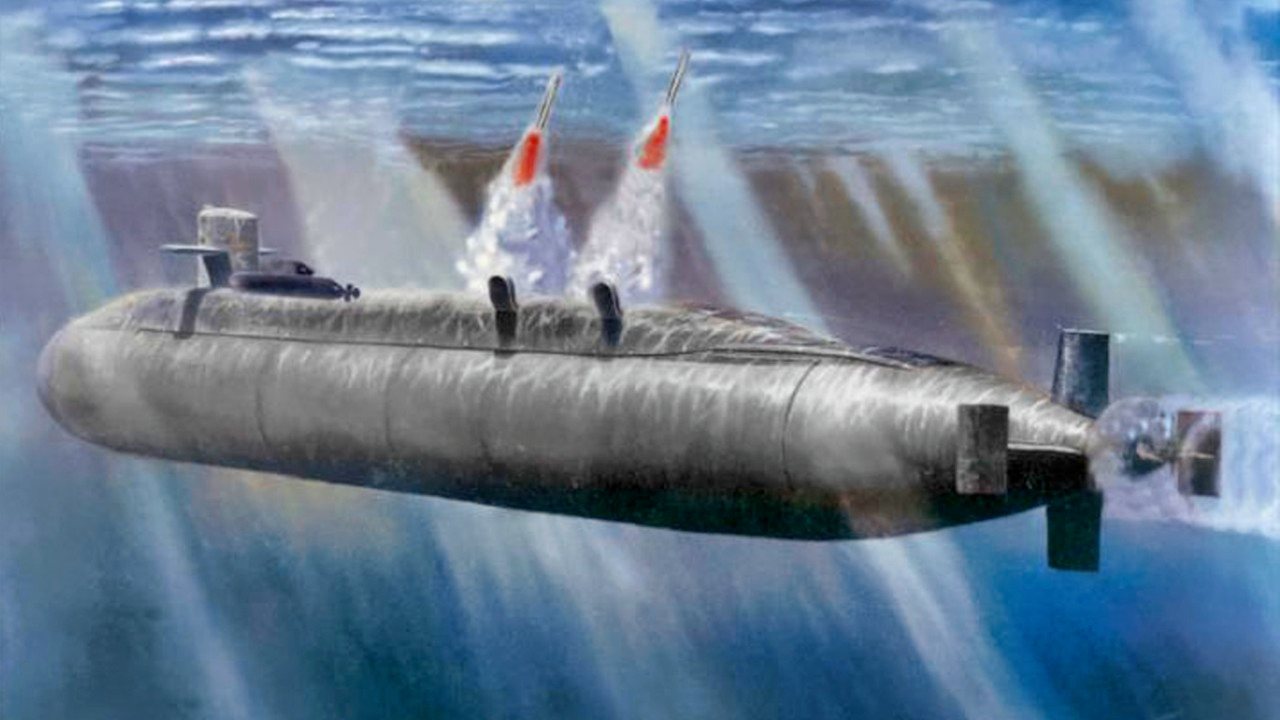
The Ohio-class guided missile submarines (SSGN and SSBN variants) remain a critical component of the Navy’s apparatus. Each vessel in this class is powered by a single General Electric S8G nuclear reactor, providing up to 60,000 horsepower per ship.
Significantly, the Ohio-class ships can sail at speeds in excess of 30 knots and can remain submerged for longer periods of time. The Ohio-class can also pack a punch as each ship can carry up to 154 Tomahawk land-attack cruise missiles.
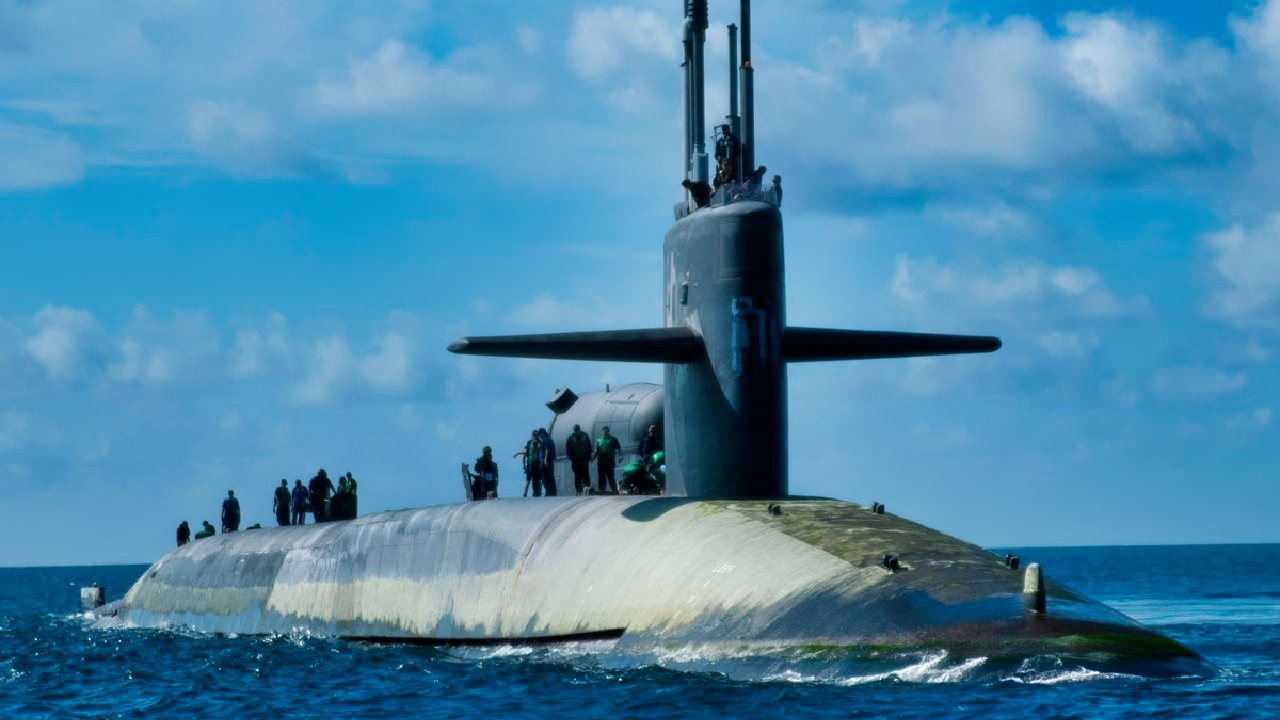
While these capabilities are certainly formidable, the eventual introduction of its Columbia-class successors will bring the Navy’s underwater prowess to a whole new level.
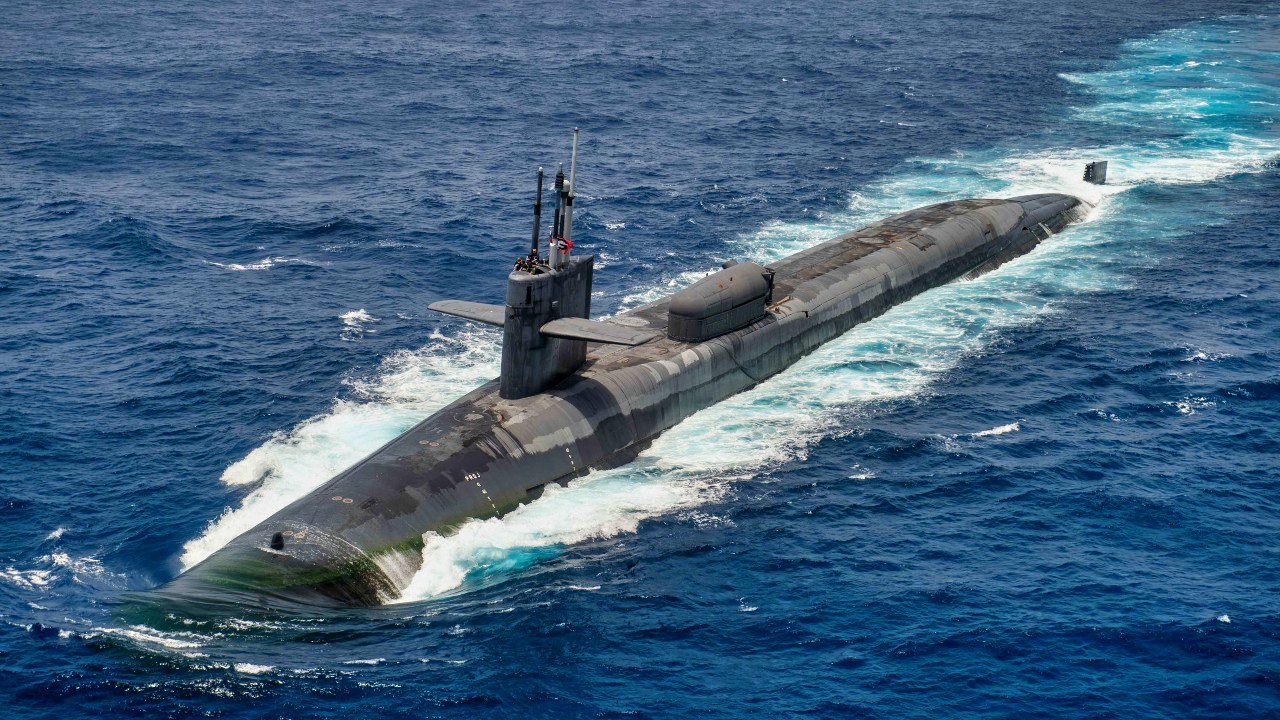
About the Author
Maya Carlin, National Security Writer with The National Interest, is an analyst with the Center for Security Policy and a former Anna Sobol Levy Fellow at IDC Herzliya in Israel. She has by-lines in many publications, including The National Interest, Jerusalem Post, and Times of Israel. You can follow her on Twitter: @MayaCarlin.
All images are Creative Commons.
